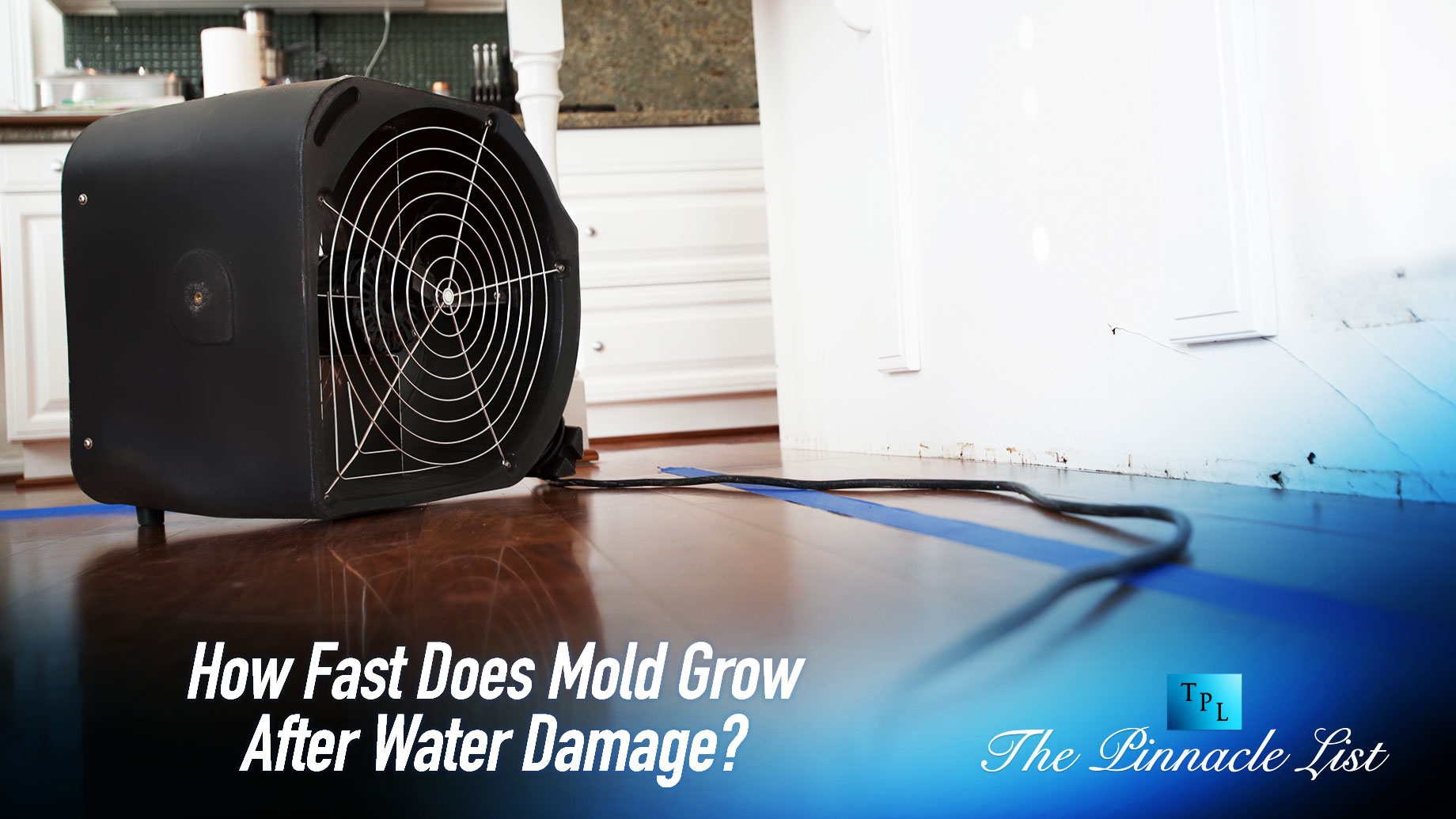
At some point in your life, there is a high chance that you will deal with mold after suffering from water damage in your home. In fact, experts have conducted studies that have found that about 14,000 people in the United States deal with water damage every day. Once you have water damage, it is likely that you will deal with mold growth as well if you don’t act fast.
But how fast does mold grow after a home suffers from water damage? Understanding more about potential mold growth speeds can help you take the right steps to respond to a flooded basement. Understanding more about how mold grows can also help you prevent mold in the future.
If you do develop mold in your home, it can spread to other rooms, making it difficult to track and eliminate. That is why prevention is the best strategy when it comes to dealing with potential mold growth. So how fast do you need to act to prevent mold after suffering from water damage?
Read on to learn all about the most vital details to understand about the speed of mold growth!
How Fast Does Mold Grow?
The speed at which mold grows depends on a number of different factors.
If you are lucky, it might take several weeks before mold starts to grow in your home. However, you cannot always count on being lucky. If you are unlucky, you might find that mold starts to visibly develop within only 24 hours of suffering from water damage.
On top of that, invisible mold spores will begin to grow around your home faster than visible mold growth. Even if it looks like you do not have mold damage now, it is possible that it is already growing somewhere that you have not yet noticed.
As a general rule, the more your home suffers water damage at the same time, the higher the chance your home will develop mold growth as well. Of course, there is also a decent chance that water damage does not lead to issues with mold. However, if the temperature is warm and there is plenty of humidity in your area, there is a higher chance that water damage will lead to mold growth.
These factors allow mold to grow more easily both inside and outside of your home. That means that they also speed up how fast mold will grow in your home, if it starts to grow at all.
It is also worth understanding that some species of mold grow faster than others. You might want to look into the common kinds of mold in your area to get a sense of how fast you might be dealing with a mold problem.
How to Prevent Mold After Water Damage
When you suffer from water damage, taking swift action is essential. If you can clean up your water damage fast enough, there is only a minimal chance that you will have to deal with any mold problems in your home.
After suffering from water damage, the most important thing to do is dry everything as fast as possible. If you can dry your home surfaces within 24 hours of suffering water damage, that might be enough to prevent any mold from growing in your home.
However, you might want to also take the time to clean and disinfect the affected surfaces of your home. With that done, you might also want to run a dehumidifier in the affected rooms. The dryer you can keep those rooms for the next day or so, the harder it will be for mold to start to develop.
How to Prevent Mold in Your Home
Of course, mold in homes often develops even if you don’t have any water damage. In other cases, you can develop mold in your home after only minor moisture issues.
You might want to check the general humidity in your home. If it is high enough, that will create an ideal environment for mold to grow, even if you do not have significant water damage.
The same basic principle applies to even minor leaks. A minor leak in your home can lead to water damage, but it does not always.
However, a leak can keep parts of your home in a chronically wet condition. That will also increase the chance that you end up developing mold.
As a general rule, you can also help prevent mold development by filling your home with fresh air. If you make a habit of keeping doors and windows open when you can, it will be harder for mold to develop.
How to Prevent a Basement Flood
In some cases, the best way to prevent mold is by making sure that you never have to deal with a flooded home in the first place. If water tends to gather around the edge of your home, that can increase the chance of a basement flood at one point or another. Consider investing in systems that can help direct excess water away from your home.
You might also want to take the steps to waterproof your basement. Check out this guide to waterproofing your basement to understand more about the advantages of doing so.
Know the Details of Mold Growth Speeds
If you have ever wondered, “How fast does mold grow after water damage?”, we hope that you now have your answer. When your home suffers water damage, it is important to act fast to prevent mold from growing. Once you have mold in your home, it will continue to spread and may be difficult to eradicate.
To learn more about the latest information on in-home care, business, and more, take a look at our other articles!